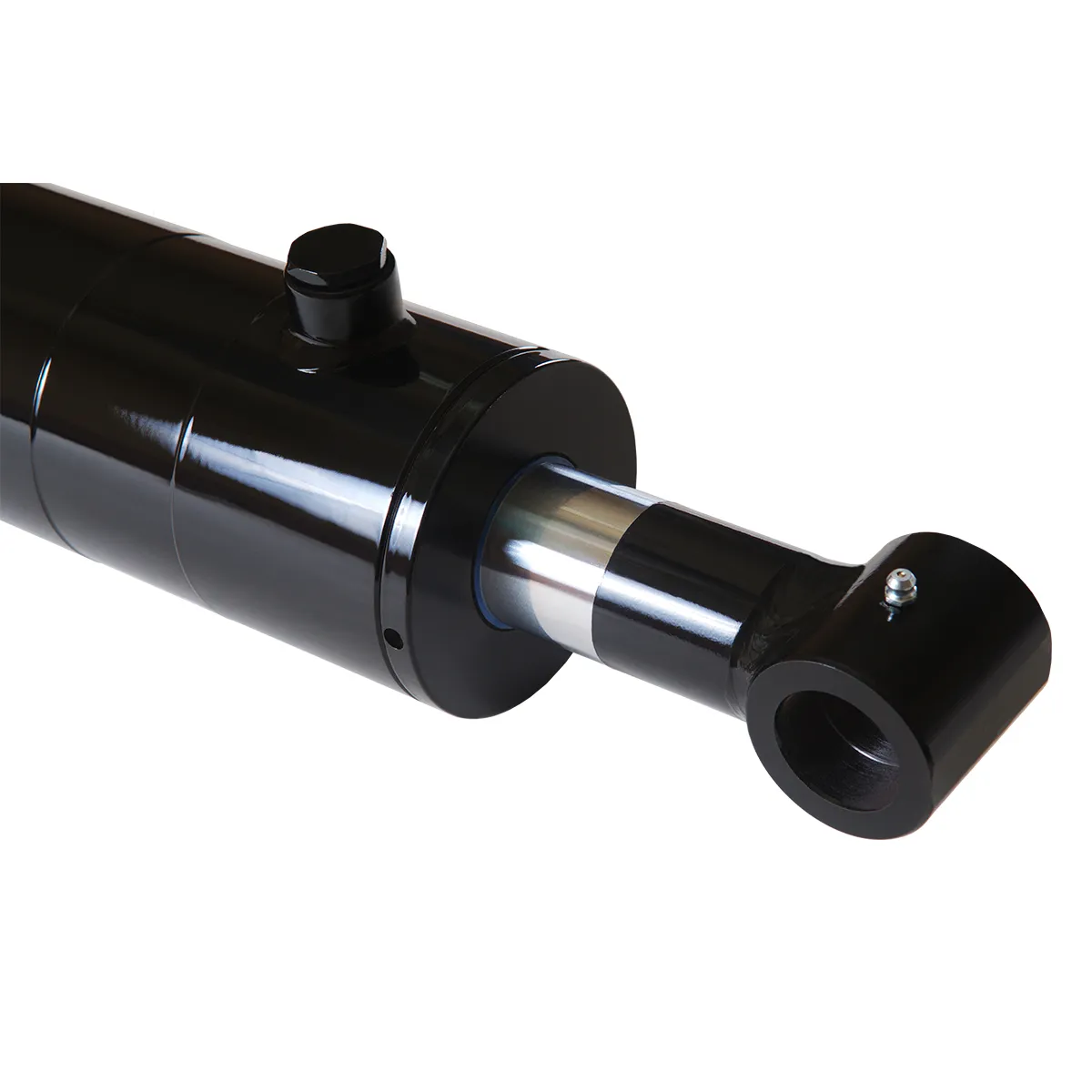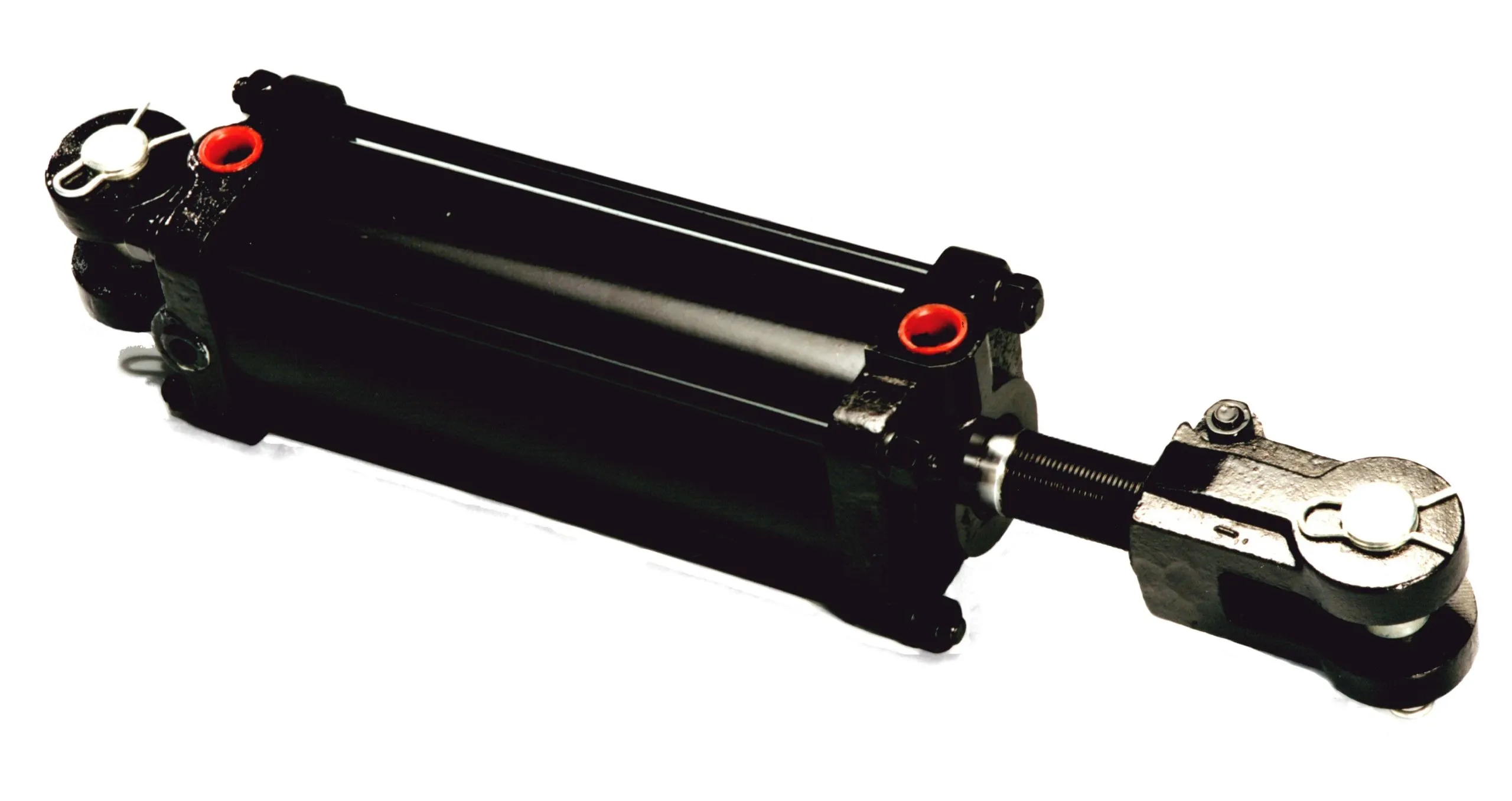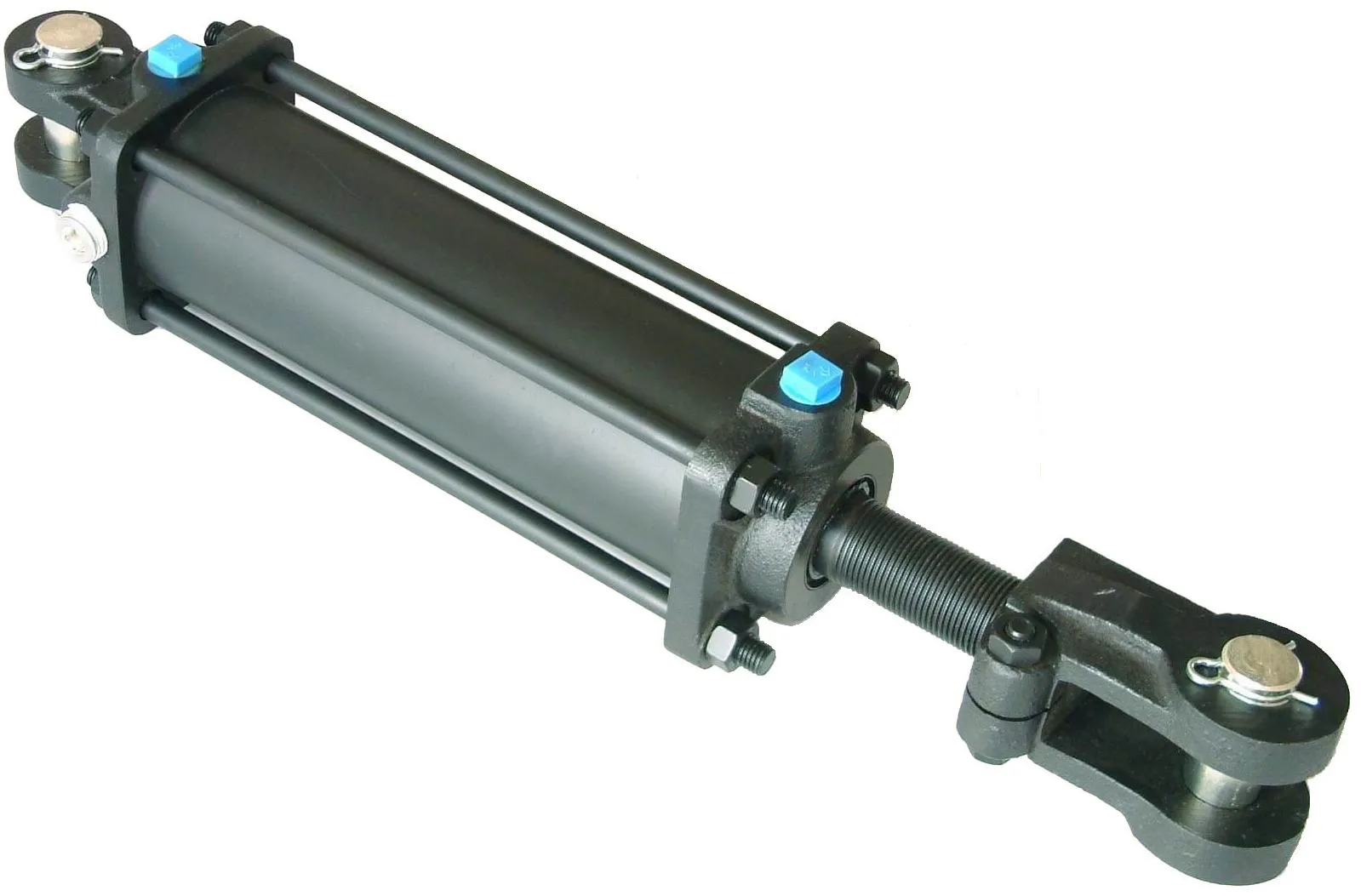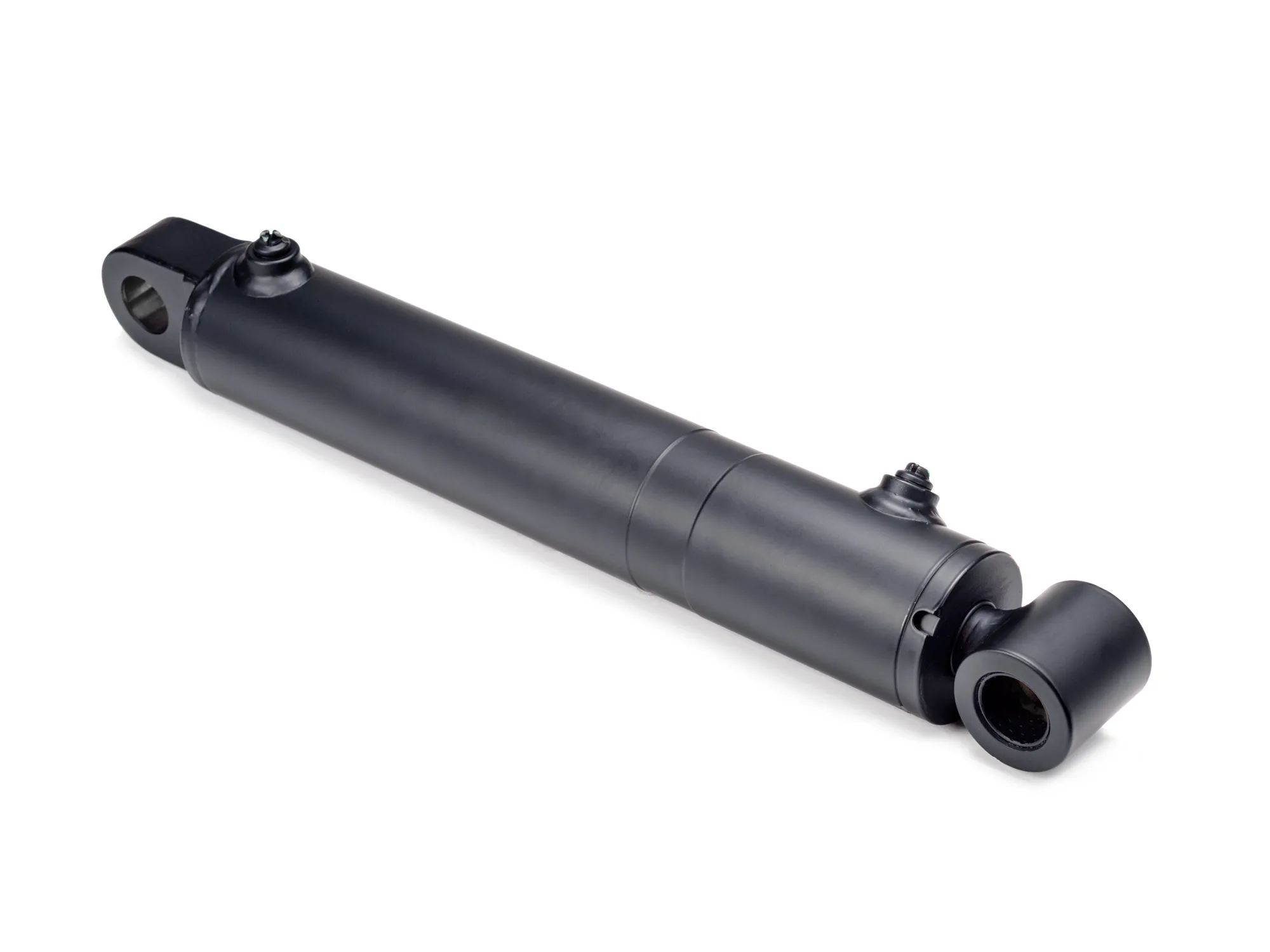Introduction: Understanding Single-Acting Telescopic Hydraulic Cylinders
In the world of hydraulic systems, the single-acting telescopic hydraulic cylinder stands out as a crucial component. This specialized cylinder is designed to provide controlled linear motion in a single direction, offering precise positioning and force generation capabilities. Let’s delve deeper into the design, composition, and working principle of this essential hydraulic component.

What is a Single-Acting Telescopic Hydraulic Cylinder?
A single-acting telescopic hydraulic cylinder is a type of hydraulic actuator that consists of multiple stages which collapse into each other to provide a compact retracted length and extended working length. The cylinder is designed to operate in one direction, typically using hydraulic pressure to extend the piston rod.
Design Principle and Composition
The single-acting telescopic hydraulic cylinder comprises a series of nested tubes or stages, with each stage connected to the next through a telescopic joint. The internal and external stages work together to provide the desired linear motion.
Telescopic Joint Description
- The internal stage houses the piston, seals, and hydraulic oil, ensuring smooth operation.
- The external stage provides structural support and stability to the cylinder.
Material Compatibility

Choosing the right materials for the cylinder, piston rod, seals, and hydraulic oil is crucial for ensuring optimal performance and longevity of the hydraulic system.
Working Principle of Single-Acting Telescopic Hydraulic Cylinder
The single-acting telescopic hydraulic cylinder operates by allowing hydraulic fluid flow in a single direction, resulting in controlled extension and retraction of the piston rod. This independent movement offers several advantages, including precise positioning and force generation capabilities.
Types and Configurations of Single-Acting Hydraulic Cylinders
There are three main types of single-acting hydraulic cylinders available, each with its unique configuration and application:
- Standard single-acting cylinders
- Plunger type single-acting cylinders
- Diaphragm type single-acting cylinders
Internal Components and Multistage Structure
The internal components of the single-acting telescopic hydraulic cylinder include a piston, chamber, special sealing mechanisms, and retracting mechanisms. These components work together to ensure smooth operation and precise linear motion.
Advantages of Single-Acting Telescopic Cylinder
- Precise positioning
- Force-generating properties
- Stability
- Rigidity
- Responsiveness
Industries Using Single-Acting Telescopic Cylinders

- Material handling
- Construction equipment
- Agricultural machinery
- Special equipment
Considerations for Selecting a Single-Acting Telescopic Hydraulic Cylinder
- Size range, inner diameter, and stroke length
- Material selection for durability
- Integrated functions and installation options
Maintenance Tasks for Single-Acting Telescopic Cylinder

- Regular inspection of seals and worn parts
- Proper hydraulic oil maintenance
- Contamination control
Installation Steps of Single-Acting Telescopic Hydraulic Cylinder
- Properly position the cylinder
- Securely mount the cylinder
Fault Diagnosis and Common Problems
Common problems with single-acting telescopic cylinders include leakage, insufficient force, or unstable motion. Proper troubleshooting and maintenance can help resolve these issues effectively.
Safety Standards and Regulations
Adhering to safety standards such as overload protection and emergency shutdown mechanisms is crucial when using single-acting telescopic hydraulic cylinders to ensure safe operation and prevent accidents.
FAQs on Single-Acting Telescopic Hydraulic Cylinders
1. What are the common ways that a single-acting telescopic cylinder can be retracted?
A single-acting telescopic cylinder can be retracted using hydraulic pressure, gravity, or mechanical means depending on the application requirements.
2. What are some of the key advantages of using a single-acting telescopic cylinder design?
The key advantages include precise positioning, force generation, stability, rigidity, and responsiveness, making it ideal for various industrial applications.
3. How do the load ratings and force capabilities of single-stage vs. multi-stage telescopic cylinders typically compare?
Single-stage telescopic cylinders offer higher load ratings and force capabilities compared to multi-stage cylinders due to their simpler design and construction.
4. What are some of the important considerations for properly installing and maintaining a single-acting telescopic cylinder?
Proper installation involves positioning, mounting, and securing the cylinder, while maintenance tasks include regular inspection, oil maintenance, and contamination control to ensure optimal performance.
Long-Tail Keywords for Single-Acting Telescopic Hydraulic Cylinder
- Hydraulic Cylinder Manufacturing Processes
- Telescopic Cylinder Design
- Single-Acting Cylinder Applications
Our Company Overview
We are a leading hydraulic cylinder replacement manufacturer with a comprehensive product line catering to domestic and international markets. Our company focuses on professional services, international certifications, customized solutions, advanced production equipment, and top-notch after-sales support.
Author: lyl
